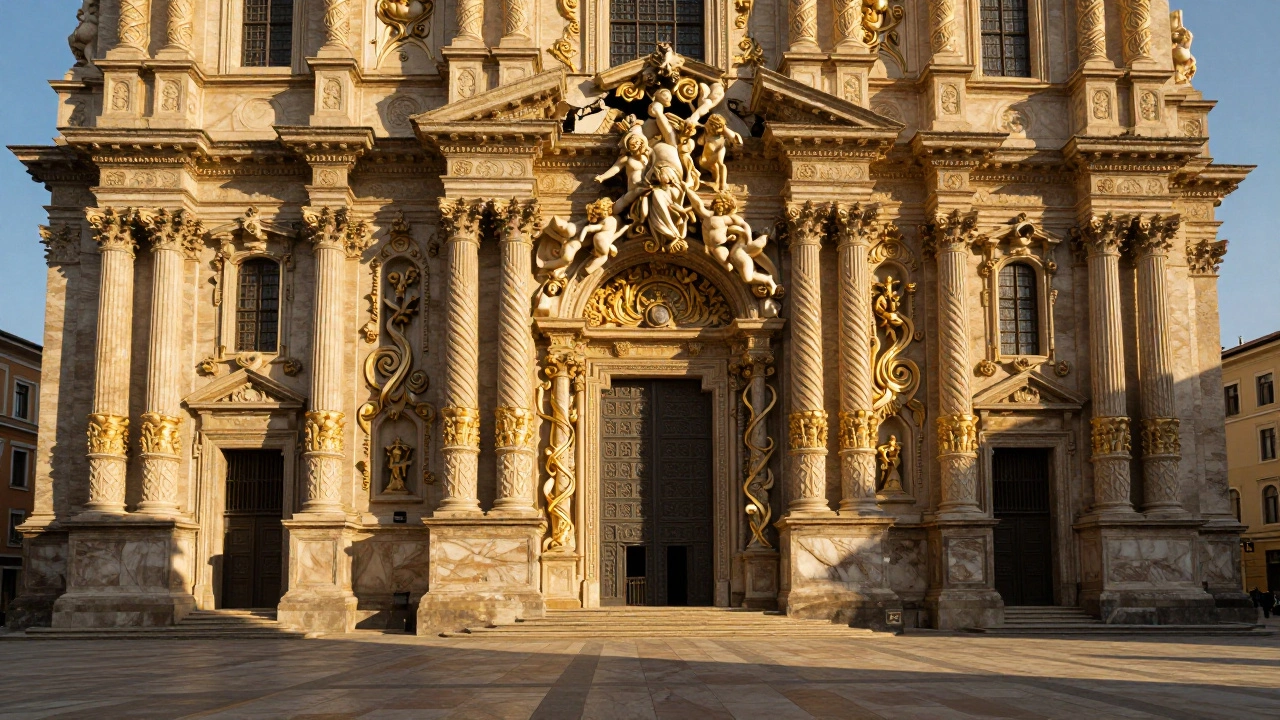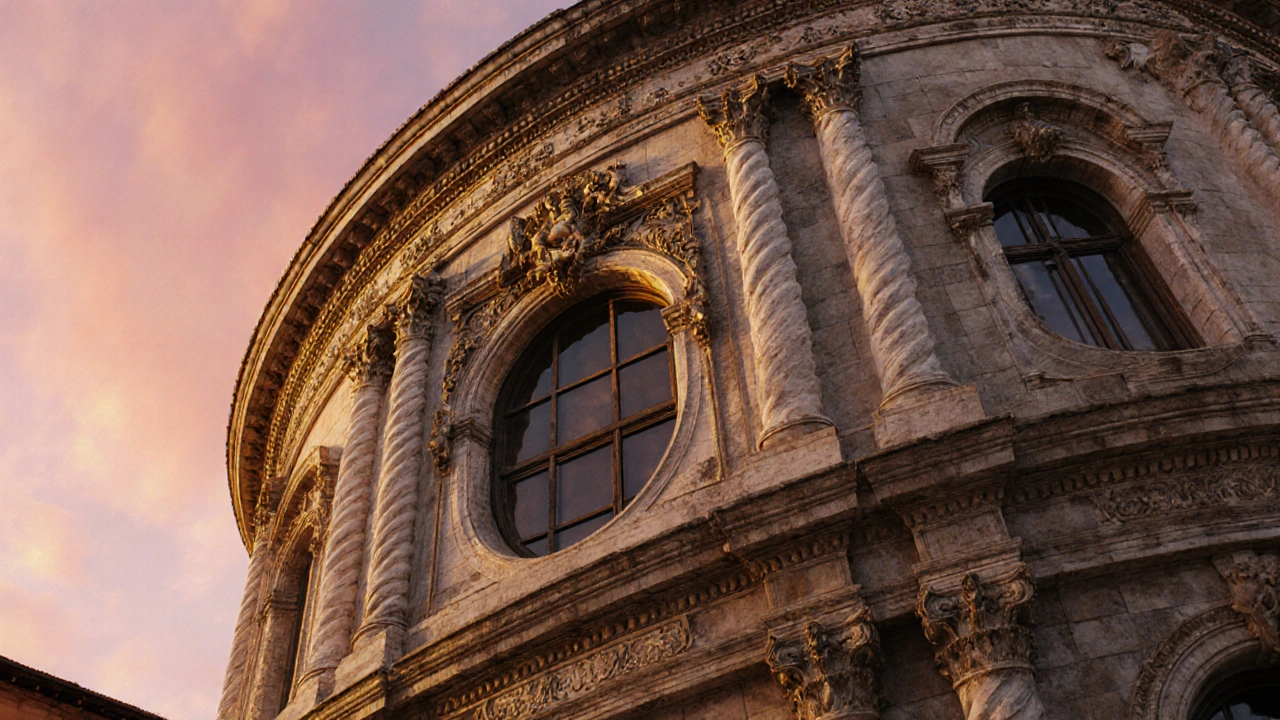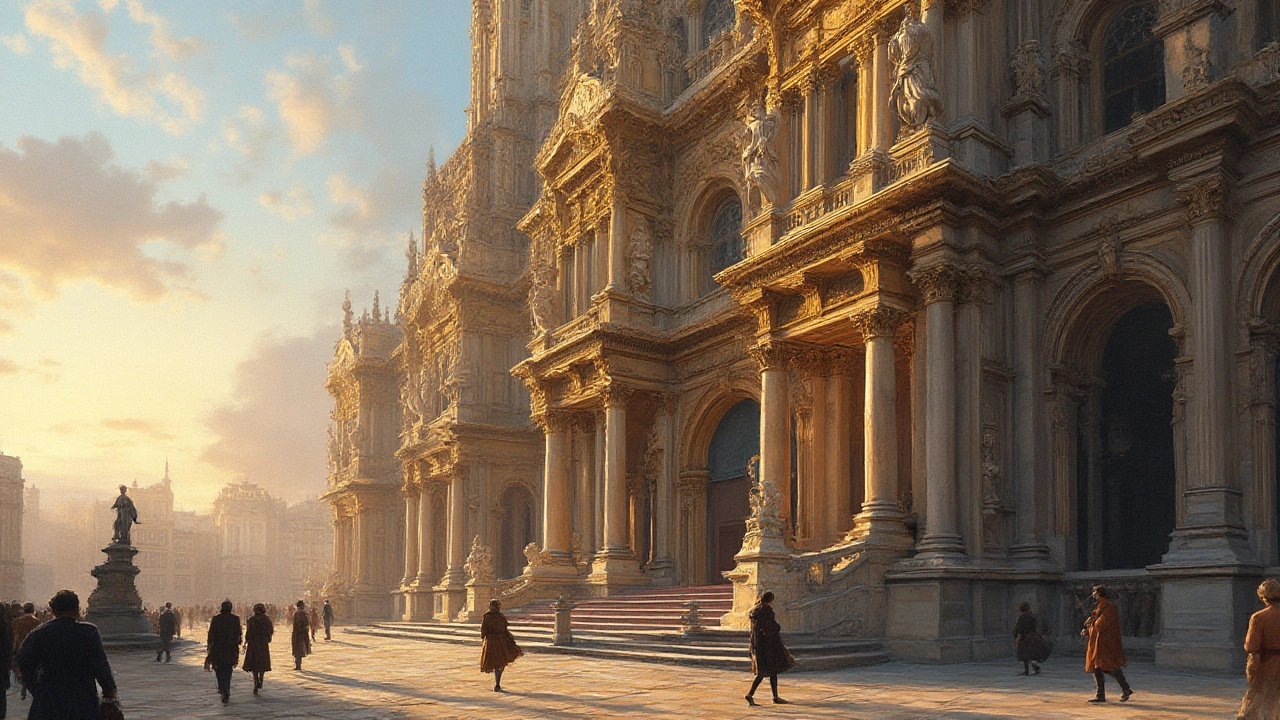Baroque architecture uses movement, drama, and ornament to create awe. Learn how to recognize its twisted columns, gilded ceilings, and emotional design language in churches, palaces, and beyond.
Baroque buildings: How to spot them and what makes them special
Baroque buildings grab attention fast with drama, curves, and bold decoration. They were built mainly in Europe from the late 16th to the 18th century, then spread to colonies. You'll find churches, palaces, and town halls dripping with details that aim to surprise.
Key features are curved lines, dramatic staircases, richly carved facades, illusionistic ceiling painting, and strong light contrasts. Sculptures often flow into architecture. Look for broken pediments, heavy cornices, and a sense that each surface is trying to tell a story.
Where to see great examples? Rome and Vienna are full of high Baroque churches. In Spain and Latin America, Baroque took on local colors with exuberant facades and stucco work. In Central Europe, palaces show theatrical interiors and grand staircases designed for show.
Quick tips for spotting Baroque in a city: stand back to see the whole facade, then move close to notice carved figures, decorative brackets, and painted ceilings. Watch how light hits curves - Baroque loves contrast. Bring a camera; many details only show up in photos.
Baroque is about drama, not strict rules. That means local builders mixed in local materials and crafts. In Mexico you'll see carved stone and colored tiles; in Bavaria, gilding and frescoes pop against pale plaster.
A short guide for preservation lovers: check if the building has original stucco, frescoes, or carved wood. These elements need gentle cleaning and controlled humidity. Ask local museums or heritage offices before any repair - they often have records and recommended craftsmen.
How Baroque influences modern design: you'll see curved furniture, bold ceilings, and theatrical lighting borrowed from Baroque drama. Interior designers use a single ornate piece to add emotion without overwhelming a modern room.
If you want a quick reading list: pick a guide to Baroque churches in Rome, a book on Baroque palaces in Central Europe, and a photo collection of Latin American Baroque. Photos teach details faster than long descriptions.
Want to study further? Look for courses on Baroque art and architectural history at local universities or online. Field trips and sketching help more than passive reading.
Baroque buildings are sensory - plan visits with time to sit and watch light change across a facade. That quiet observation often reveals how designers used scale, ornament, and shadow to guide people's eyes.
Want more on Baroque and related styles? Check our tag pages for Beaux-Arts, Renaissance, and Colonial architecture to see connections and differences.
Examples to visit: St. Peter's Square and Sant'Andrea al Quirinale in Rome show theatrical use of space; the Palace of Versailles (late Baroque/Classical) shows lavish interiors; Church of São Francisco in Salvador, Brazil, mixes Baroque carving with gold leaf. Each spot shows different local twists.
When you photograph Baroque details, try side light for depth and small aperture for sharp close-ups. If you can, visit during off-peak hours to avoid crowds and to hear how acoustics shape the space - Baroque architects often used sound as part of the design.
Explore Baroque architecture's drama, history, key features, and famous examples worldwide. Learn how to spot the style and understand its lasting influence.
Discover how Baroque architecture captures drama, movement, and opulence. Explore its origins, key features, and influence across history and today.



